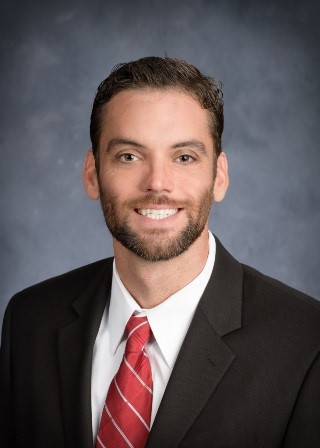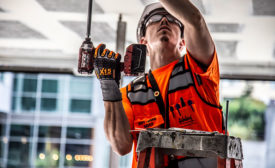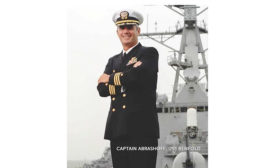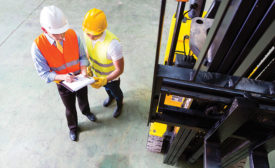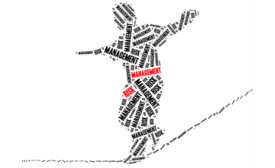Home » Keywords: » employee-manager attitudes
Items Tagged with 'employee-manager attitudes'
ARTICLES
Winning business through Safety
A Seattle company leverages its Total Safety Culture
February 3, 2020
Dig deeper into system factors behind at-risk actions
Discuss intentions,Not behaviors
November 2, 2019
The Human Side of Safety
Broaden your perspective of injury analysis & prevention
September 4, 2019
Online, mobile, micro-learning, podcasts and more
ISHN’s Guide to Breakthrough training resources
July 17, 2019
Personality tendencies impact performance
Are you a “doer,” “thinker,” “socializer” or “relator”?
June 21, 2019
Become a Leader in Safety Culture
Build your knowledge with ISHN, covering key safety, health and industrial hygiene news, products, and trends.
JOIN TODAYCopyright ©2025. All Rights Reserved BNP Media.
Design, CMS, Hosting & Web Development :: ePublishing

